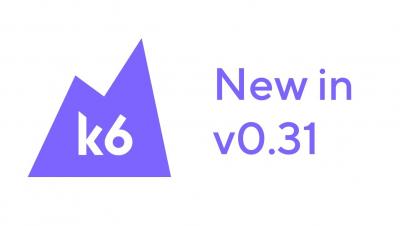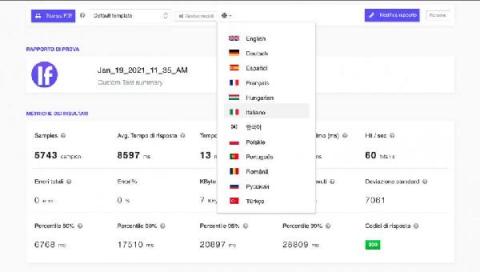A Beginner's Guide To Test Automation With Javascript (Nightwatch.js). Part 2.
Welcome to the “A beginners guide to test automation with Javascript(Nightwatch.js)” blog series part 2! If you have missed out on the first part, you can read it here. In this article we will look into the following and as always – feel free to skip to any part you are the most interested in: Code used in this article can be found in Loadero’s public GitHub examples repository here.











